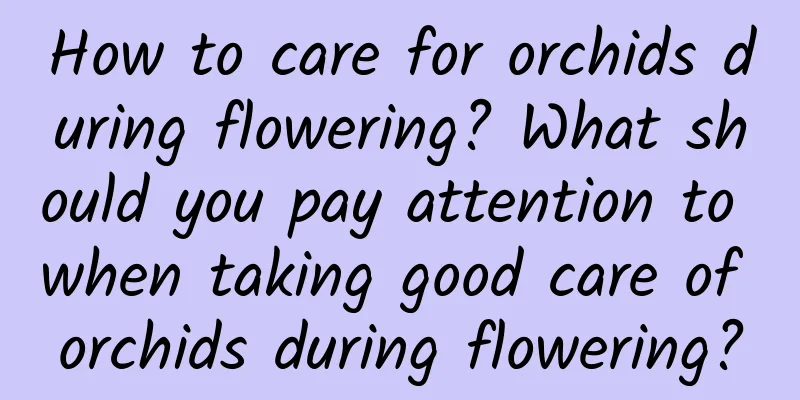How to grow Daphne koreana and what to pay attention to

Daphne koreana growth conditionsThe soil requirements for Daphne koreana are that it is rich in nutrients and soft. Slightly acidic soil is more suitable. It prefers semi-shaded or sunny places. The best growing environment is with proper light and avoids exposure to the sun. It has poor cold resistance and needs to keep warm in winter. How to grow Daphne koreanaIt is best to use loose, fertile, slightly acidic soil for growing Daphne odora. Give it as much light as possible in winter. Make sure the temperature is above five degrees in winter. Water it moderately at ordinary times and do not allow water to accumulate. Avoid rain during the rainy season. Fertilize once every ten days during the growing season. Prevent diseases and pests and prune regularly. Watering DaphneThe amount of watering for Daphne koreana should be controlled. Generally, it is sufficient to water it once every 3 to 5 days. There must be no stagnant water. Fertilizing DaphneDuring the growth stage of Daphne koreana, fertilizer can be applied once every ten days, especially in spring and autumn. Liquid fertilizer can be applied, but the concentration should not be too high. In addition, liquid fertilizer needs to be used once before and after the flowering period. Daphne odora disease and insect pest controlThe common disease of Daphne koreana is mosaic. Once the disease occurs, the plant needs to be dug out with its roots and destroyed in time. In addition, root rot is often prone to occur when the potting soil is too wet or uncomposted organic fertilizer is applied. Methyl thiophanate can be used for prevention and control every half a month. How to grow Daphne koreana at home1. When cultivating Daphne koreana at home, it is better to use flower soil made of a mixture of garden soil, pine needles and fine sand for cultivation. You can usually place it in a semi-shaded or scattered light place for maintenance. It can receive more light during the flowering period, and the same is true in winter. 2. Daphne likes warmth. The temperature usually needs to be kept at around 20℃. In winter, the temperature should be maintained above 5℃. When watering the plant, be sure to control the amount to prevent root rot. Apply balanced nitrogen, phosphorus and potassium fertilizers in April and May, and apply appropriate amounts of phosphorus and potassium fertilizers in September. Precautions for the maintenance of DaphneWhen caring for Daphne koreana in winter, it should be placed in a sunny place during the day and in a place with an indoor temperature of about 5 degrees Celsius at night. At this time, care should be taken that the pot and the soil are not too wet, otherwise it will cause root rot of the plant. |
<<: What is the best month to plant peony seeds?
>>: What is the best month to plant kidney beans in the north?
Recommend
How long does it take for asparagus fern to adapt to the pot
Asparagus fern acclimatization time If you place ...
When is the best time to transplant onions (transplanting time and method of onion seedlings)
Onion is one of the main vegetables grown in Chin...
How to graft keel
1. Time Selection The time for cuttings should be...
The flowers of these 7 kinds of flowers are bigger than your fist. If you don’t grow them, you will regret it for the rest of your life!
Peony May is the month when peonies bloom. Althou...
How to prune the swallowtail palm and when to prune it
1. Pruning method 1. Messy branches: During its g...
How to keep the maidenhair fern more vigorous?
The maidenhair fern , with its unique elegant pos...
The efficacy and function of orchid
Ornamental effect This is of course one of the mo...
How often should I water my potted creeper and how should I propagate it?
1. How often should you water? When growing potte...
What crops are suitable for growing in Guizhou?
Crops suitable for planting in Guizhou Guizhou ha...
How to prune the Jade Plant, pruning method diagram
1. Pruning time It is resistant to pruning and ha...
What is the best way to grow ice plant?
Ice plant, also known as crystal ice plant, ice g...
What kind of soil and fertilizer is good for dragon bone flower
1. What kind of soil is good? The adaptability of...
Tulip planting method and time: when is the best time to plant tulips?
Tulip planting season Tulips are mostly planted i...
Can loofah be planted in a pot?
Can loofah be planted in a flower pot? Luffa can ...
Can rotten apples be used as fertilizer?
Rotten apples as fertilizer Rotten apples can gen...









